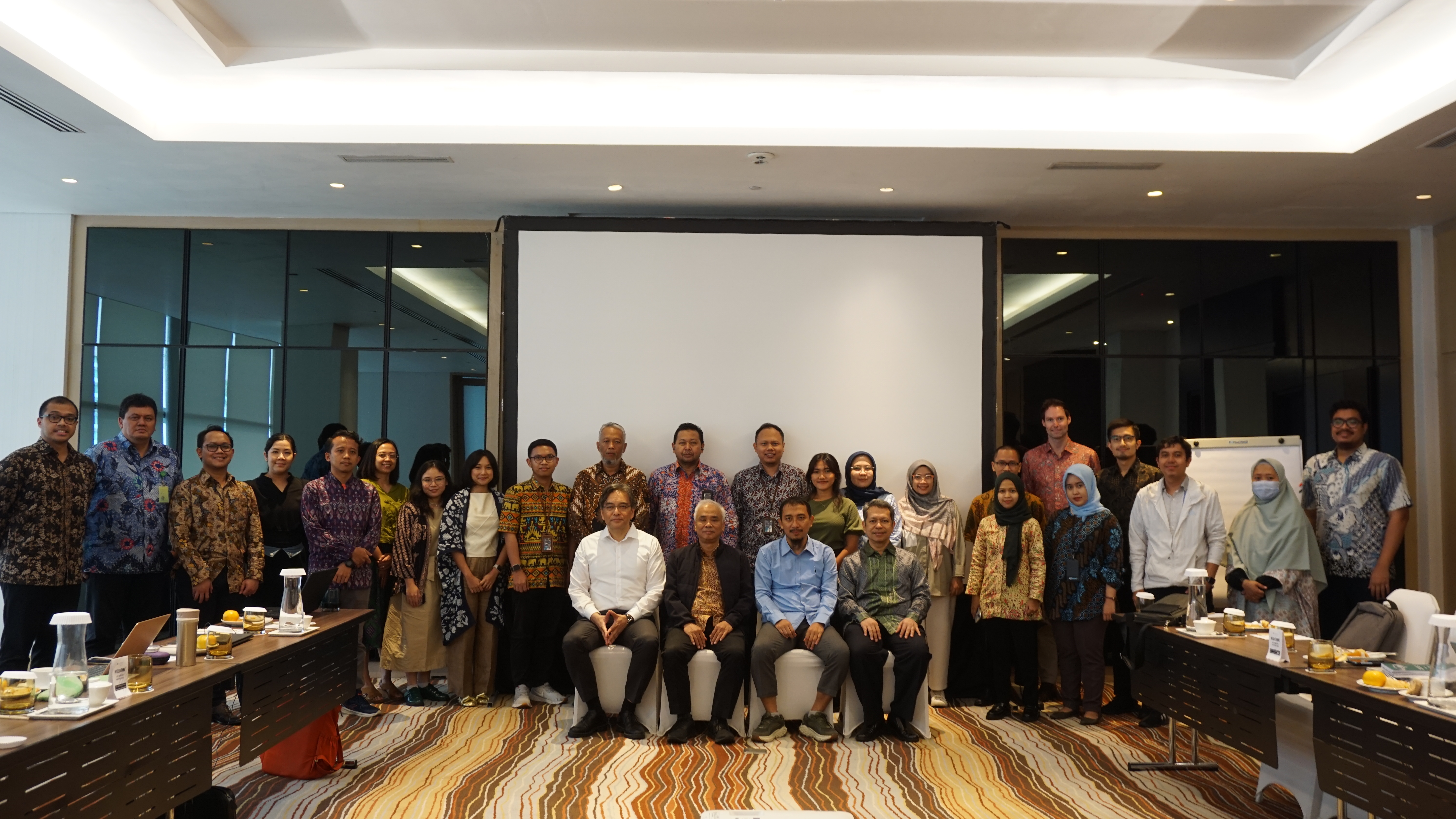Green Training Centre Movement
Ajriani Munthe Salak is the Head of Academic and Alumni Development at the National Institute of Public Administration (NIPA) of the Republic of Indonesia, a national entity responsible for building the capacity of the country’s civil servants.
The Global Green Growth Institute (GGGI) has been collaborating with NIPA since 2017 to develop green growth curricula to equip Indonesian civil servants at all levels with the awareness, understanding and skills to incorporate green growth in decision making activities, which in turn will help achieve five desired outcomes: (1) sustained economic growth, (2) healthy and productive ecosystems providing services, (3) inclusive and equitable growth, (4) social, economic and environmental resilience, and (5) greenhouse gas emission reduction.
Ms. Salak has so far been at the forefront of behavior changes within NIPA, embracing ‘green lifestyle’ while inspiring her colleagues across the institute. It is a significant impact in a way that the “trainers” do what they preach, which is hoped to inspire more civil servants in the archipelago to do the same and are able to lead necessary changes to ensure deforestation-free economic growth in Indonesia.
—
Interviewer (I):
In 2016, the movement to build a green training center has begun to be launched at the Technical and Functional Training Center of NIPA. Now, this Center has changed its name to the Center for the Development of Technical and Social Culture Competencies (Pusbangkom TS). Of course, with new responsibilities as well. The movement was initially triggered by the policy of the Head of NIPA to encourage innovation in the implementation of activities in each work unit. So, the green training center was an initiative for Pusbangkom TS employees, which is now has become a ‘mandatory’ movement. Tell us specific innovations by Pusbangkom.
Ajriani Munthe Salak (AMS):
We started with going paperless for all our training events. It was not easy because Pusbangkom had to develop an electronic or digitalized system for all training materials, especially modules, guidelines, schedules and broadcast material that have become ‘indicators’ of excellent service so far. Not all employees had the same perception of the importance of the paperless movement. At the management level, we also had to make changes to our budget. It was also a challenge to build online learning systems and services. However, we can get creative and innovative when we are under constraint.
I: Why under constraint?
AMS: The innovations initiated by the Head of NIPA is instructive and competitive. Hence, the difficulty of the constraining situation has led to the thought of making strategies to ensure that this innovative movement is successful.
I: When the leadership socialized and formed a ‘successful’ green training center team, you were elected as coordinator. What was your strategy at that time?
AMS: The strategies included intense socialization and promotion of paperless innovations at each training. We socialized the innovations as well as the objectives and the benefits for the unit and how to do it. At this stage, there was not much rejection because everyone saw the benefits.
Then, we carried out trainings for staff to develop digital academic materials for participants. In addition, we trained participants on how to retrieve teaching materials from the online learning system.
After a series of trainings, we also gave appreciation to the staff who could use the electronic system well and who had learned to use electronic teaching materials. Of course, the challenge is still there because it is not easy to break the old habit of printing or photocopying. Finally, we also give verbal warnings if this movement is not carried out by staff and facilitators.
I: How do you measure the success of the movement?
AMS: Innovations or movements will produce optimal results if it can be repeated, replicated, modified and continuously perfected. At present, the green movement is applied to the provision of academic materials in all training services. We have also replicated it and will continue to develop it for other requirements in the entire organization and for a wider range of stakeholders.
I: Why is it called the green training center movement/innovation?
AMS: Because it is an effort to save the environment. Reducing paper significantly means saving trees and supporting deforestation-free consumerism. It reduces electricity costs, carbon footprints, and also reduces energy and time spent photocopying.
I: What are your hopes for the future of this movement?
AMS: I have high hopes that the movement can be replicated in all training institutions in Indonesia.




